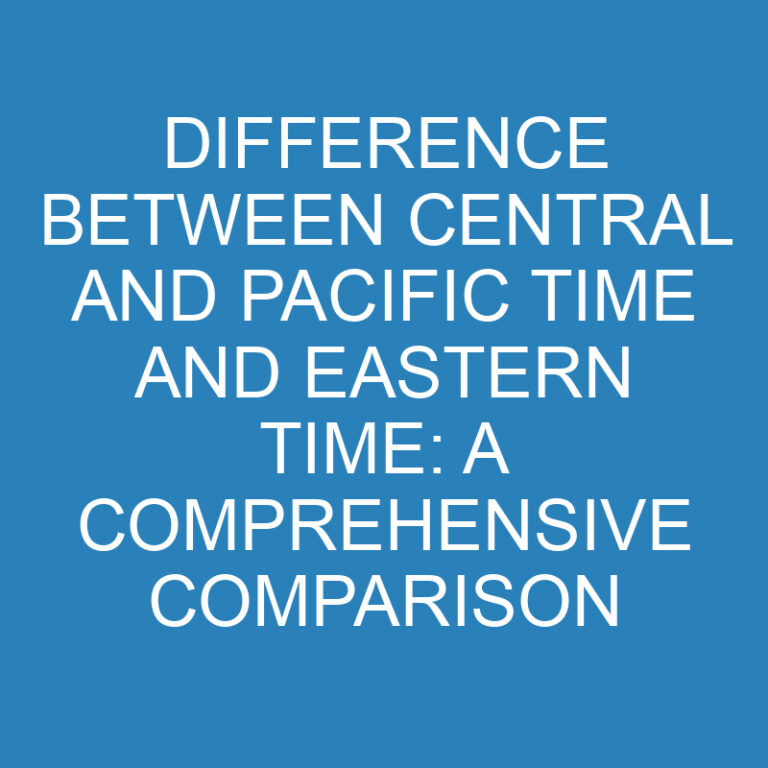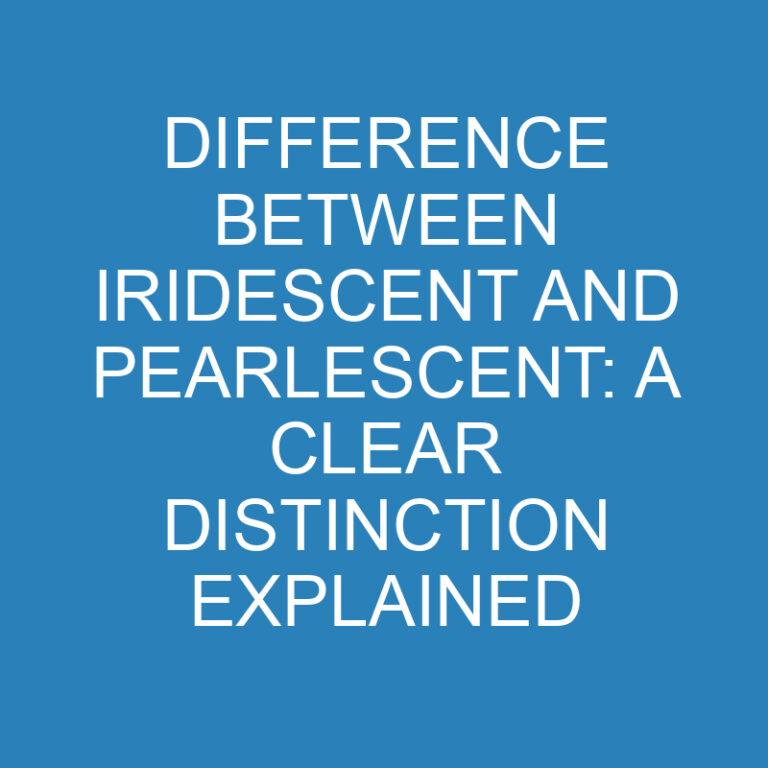
Are you struggling to decide between concrete and pavers for your next outdoor project? You’re not alone! Many homeowners find themselves faced with this dilemma, as both options offer unique advantages. In this article, I’ll delve into the key differences between concrete and pavers, helping you make an informed decision based on your specific needs and preferences.
When it comes to durability, concrete is known for its strength and longevity. It can withstand heavy traffic, extreme weather conditions, and requires minimal maintenance. On the other hand, pavers are individual units that interlock with each other, creating a flexible surface that can adapt to slight ground movements without cracking. This makes them an excellent choice for areas prone to seismic activity or expansive soil.
Another factor to consider is aesthetics. Concrete offers a sleek and modern look that can be customized with various finishes like stamped patterns or colored coatings. Pavers, on the other hand, exude a timeless charm with their interlocking designs available in different shapes and colors. They can effortlessly enhance the visual appeal of any outdoor space while adding texture and depth.
In conclusion, understanding the differences between concrete and pavers is crucial in making an informed decision for your outdoor project. Whether you prioritize durability or aesthetics, both options have their merits. By weighing factors such as maintenance requirements, design flexibility, and budget considerations, you’ll be able to choose the option that best suits your specific needs and creates a stunning outdoor space that lasts for years to come.
Post Contents
What is Concrete?
Concrete is a versatile and widely used building material that has been around for centuries. It’s composed of a mixture of cement, water, aggregates (such as sand and gravel), and sometimes additives. The combination of these ingredients creates a strong and durable material that can be molded into various shapes and sizes.
One of the key advantages of concrete is its strength. When properly mixed and cured, it can withstand heavy loads, making it suitable for constructing foundations, walls, floors, and even bridges. In fact, concrete has been used to build some of the world’s most iconic structures due to its exceptional structural integrity.
Another benefit of concrete is its longevity. Unlike other materials that may deteriorate over time, well-maintained concrete structures can last for decades or even centuries. This makes it a cost-effective choice in the long run as it requires minimal maintenance and repairs.
Concrete also offers excellent fire resistance properties. Its composition makes it highly resistant to fire damage compared to materials like wood or plastic. This makes it an ideal choice for buildings where fire safety is crucial.
Furthermore, concrete can be customized according to specific needs. It can be colored with pigments or stained to achieve desired aesthetics. Different finishes such as smooth or textured surfaces can also be applied to enhance its visual appeal.
However, there are a few considerations when using concrete. One is that it takes time to fully cure and gain maximum strength. During this curing period, proper care must be taken to ensure optimal conditions for the concrete to set correctly.
What are Pavers?
Pavers are a popular choice for outdoor flooring and hardscaping projects. They are individual units made from various materials such as concrete, brick, or natural stone that can be laid in patterns to create a solid surface. Pavers offer versatility in design and can be used for driveways, walkways, patios, and even pool decks.
One of the main advantages of pavers is their durability. Unlike poured concrete, which can crack over time due to shifting soil or freeze-thaw cycles, pavers have joints between them that allow for movement without compromising the overall structure. This makes them less prone to damage and more resistant to harsh weather conditions.
Another benefit of using pavers is their ease of installation and maintenance. Since they come in individual units, they can be easily replaced if one gets damaged without having to redo the entire surface. Additionally, regular cleaning and sealing help maintain their appearance and longevity.
Pavers also offer a wide range of design options. With different shapes, sizes, colors, and textures available, you can create unique patterns or replicate the look of natural stone or traditional bricks. The ability to mix and match different paver types allows for endless customization possibilities.
Differences in Material Composition
When it comes to comparing concrete and pavers, one of the key factors to consider is their material composition. Understanding the differences in how these materials are made can help you make an informed decision for your project. Let’s delve into the details:
- Concrete:
Concrete is a mixture of cement, water, aggregates (such as sand or crushed stone), and additives. The cement acts as a binding agent that holds everything together. It starts as a semi-liquid state and hardens over time through a process called hydration.
- Cement: Portland cement is commonly used in concrete production due to its strength and durability.
- Aggregates: Different types of aggregates can be used, depending on the desired characteristics of the concrete. These include sand, gravel, crushed stone, or even recycled materials like crushed concrete.
- Additives: Various additives may be included to enhance specific properties of the concrete, such as plasticizers for improved workability or accelerators for faster curing.
- Pavers:
Pavers are individual units made from various materials like clay, natural stone, or concrete. Unlike poured concrete surfaces, pavers are laid down piece by piece in patterns or designs.
- Clay Pavers: Clay pavers are made from natural clay that is fired at high temperatures. They offer a timeless appeal with rich colors and excellent durability.
- Natural Stone Pavers: These pavers are cut from quarried stones like granite, limestone, or travertine. Each stone has its unique characteristics and adds a touch of elegance to outdoor spaces.
- Concrete Pavers: Made from a mixture of cement, aggregates, and color pigments if desired; concrete pavers come in different shapes and sizes while offering versatility and affordability.
Each material composition offers distinct advantages and considerations based on your project requirements:
- Concrete provides strength and durability but may require maintenance over time due to cracking or discoloration.
- Clay pavers offer a classic and elegant look but may be more expensive than other options.
- Natural stone pavers provide a natural beauty and can withstand harsh weather conditions, though they may require sealing and occasional maintenance.
- Concrete pavers offer a wide range of design options at an affordable price point, while still providing durability.
By understanding the differences in material composition between concrete and pavers, you can make an informed decision that aligns with your project goals. Remember to consider factors such as aesthetics, durability, maintenance requirements, and budget when choosing the right option for your outdoor space.
Installation Process
When it comes to the installation process, there are some key differences between concrete and pavers. Let’s dive in and explore each method in detail:
-
Concrete Installation:
Installing concrete involves several steps that require careful planning and execution. Here’s an overview of the process:
- Site Preparation: The first step is to prepare the site by clearing any vegetation or debris. It’s important to ensure a stable base for the concrete.
- Formwork: Next, formwork is set up to define the shape and dimensions of the concrete area. This involves creating wooden or metal frames that will hold the wet concrete in place until it hardens.
- Reinforcement: Depending on the project requirements, reinforcement may be added using steel bars or mesh to provide additional strength to the concrete structure.
- Pouring and Leveling: Once everything is prepared, it’s time to pour the liquid concrete into the formwork. The mixture is spread evenly and leveled using tools like screeds or bull floats.
- Finishing Touches: After leveling, various finishing techniques can be applied, such as troweling or stamping patterns onto the surface. This helps enhance both aesthetics and functionality.
-
Paver Installation:
Pavers offer a more flexible installation process compared to concrete. Here’s what you can expect when installing pavers:
- Base Preparation: Similar to concrete installation, proper site preparation is crucial for paver projects as well. The area needs to be cleared of any obstructions and graded appropriately for drainage purposes.
- Base Material: A layer of compacted aggregate material (such as crushed stone) is then laid down as a stable foundation for the pavers.
- Edge Restraints: To keep the pavers securely in place, edge restraints are installed along the perimeter of the project area. These restraints can be made from materials like plastic or metal.
- Sand Bedding: A layer of sand is spread over the compacted base material, providing a smooth surface for laying the pavers.
- Paver Placement: The pavers are carefully placed on top of the sand bed using a predetermined pattern or design. It’s important to maintain consistent spacing and alignment throughout.
- Joint Sand: Once all the pavers are in place, joint sand is swept into the gaps between them. This helps stabilize the pavers and prevents weed growth.
Both concrete and paver installations require time and attention to detail, but they offer different benefits depending on your specific needs. Whether you opt for the durability of concrete or the versatility of pavers, proper installation ensures long-lasting results that you can enjoy for years to come.
Durability and Longevity
When it comes to comparing concrete and pavers in terms of durability and longevity, there are a few key factors to consider. Both options have their own strengths and weaknesses, so let’s delve into the details.
- Strength: Concrete is known for its exceptional strength, making it a popular choice for heavy-duty applications like driveways and industrial flooring. Pavers, on the other hand, offer a more flexible surface that can withstand shifting ground conditions without cracking. While both materials are durable in their own right, concrete tends to be slightly more resistant to wear and tear over time.
- Weather Resistance: Extreme weather conditions can take a toll on outdoor surfaces. Concrete has good resistance against UV radiation, which helps prevent fading or discoloration over time. It’s also highly resistant to water absorption when properly sealed, reducing the risk of cracks caused by freezing and thawing cycles. Pavers, with their interlocking design, allow water to drain through the joints naturally, minimizing puddling and potential damage from water accumulation.
- Maintenance: Regular maintenance plays a crucial role in preserving the lifespan of any surface material. Concrete generally requires less upkeep compared to pavers since it provides a solid continuous surface without any seams or joints that need regular attention. However, if cracks do develop in concrete over time due to settling or other factors, repairs can be more involved than fixing individual pavers.
- Lifespan: The lifespan of concrete versus pavers largely depends on various factors such as quality of installation, climate conditions, usage patterns, and maintenance practices. Under ideal circumstances with proper care and maintenance regimes followed diligently throughout their lifetime (which includes sealing for concrete), both materials can last for decades.
- Flexibility: One advantage of using pavers is their flexibility in terms of design options and ease of replacement if needed. Individual damaged pavers can be easily removed without affecting the rest of the surface, making repairs more straightforward. Concrete, on the other hand, offers limited design choices and can be more challenging to repair seamlessly.
Design and Versatility
When it comes to the design and versatility of concrete and pavers, there are some key differences to consider. Both options offer their own unique benefits, so let’s delve into the details.
- Design Options:
Concrete:
- Concrete offers a wide range of design possibilities. It can be poured into any shape or size, allowing for endless creativity.
- With concrete, you have the option to add various colors, textures, and patterns during the installation process.
- Stamped concrete is a popular choice that mimics the look of natural stone or brick without the high cost.
Pavers:
- Pavers also provide a plethora of design choices. They come in numerous shapes, sizes, colors, and materials like concrete, clay, or natural stone.
- The individual units can be arranged in different patterns such as herringbone or basket weave to create a visually appealing look.
- Pavers offer flexibility as they can easily be replaced if damaged or when you want to change your design.
- Versatility:
Concrete:
- Concrete is known for its durability and strength. It can withstand heavy loads without cracking or shifting.
- It is suitable for various applications such as driveways, patios, walkways, pool decks, and even interior flooring.
- Additionally, decorative techniques like acid staining or engraving can enhance its appearance further.
Pavers:
- Pavers are renowned for their versatility due to their interlocking nature. This allows them to flex with changing weather conditions without cracking.
- They are an excellent choice for areas where ground movement is expected since they can adapt accordingly.
- Pavers are often used in landscaping projects to create stunning features like fire pits or outdoor kitchens.
Cost Comparison
When it comes to comparing the costs between concrete and pavers, there are several factors to consider. Both options have their own advantages and disadvantages, so it’s important to analyze them closely before making a decision.
- Initial Cost:
The initial cost of concrete is generally lower than that of pavers. Concrete is widely available and can be poured in large quantities, making it a more affordable option upfront. On the other hand, pavers require individual placement, which can be more time-consuming and costly. - Installation Expenses:
While the initial cost of concrete may be lower, the installation expenses can add up. Concrete often requires professional labor for proper pouring and finishing techniques. Pavers, on the other hand, can be installed by homeowners with some DIY skills, saving money on labor costs. - Long-Term Durability:
Concrete is known for its durability and can withstand heavy traffic and harsh weather conditions over time. However, if cracks or damage occur, repairing concrete can be challenging and expensive. Pavers offer flexibility in terms of maintenance since individual units can be easily replaced if damaged without disrupting the entire surface. - Maintenance Costs:
Concrete generally requires minimal maintenance beyond regular cleaning with water or mild detergents. Pavers may require occasional re-leveling or joint sand replacement to maintain their stability and appearance. - Lifespan:
Both concrete and pavers have long lifespans when properly maintained. While concrete may last for several decades with proper care, pavers have an advantage as they are less prone to cracking due to their flexible nature.
Conclusion
To conclude, after thoroughly examining the differences between concrete and pavers, it is clear that both options have their own unique advantages and disadvantages. Let’s recap the key points:
- Durability: Concrete is known for its exceptional strength and longevity, making it a popular choice for high-traffic areas such as driveways and sidewalks. On the other hand, pavers offer flexibility and can withstand freeze-thaw cycles without cracking.
- Installation: Concrete requires professional installation due to its complex mixing and pouring process. Pavers, on the other hand, are relatively easy to install with proper planning and preparation.
- Aesthetics: Concrete provides a sleek and modern look with its smooth surface, while pavers offer a wide range of design options with various shapes, colors, and patterns.
- Maintenance: Concrete requires minimal maintenance but may develop cracks over time that need repairs. Pavers are more prone to weed growth in between joints but individual pieces can be easily replaced if damaged.
- Cost: Concrete tends to be more cost-effective initially compared to pavers. However, over time, potential repairs or replacements may increase the overall cost. Pavers have a higher upfront cost but offer long-term savings due to their durability.
Ultimately, the decision between concrete and pavers depends on your specific needs and preferences. Consider factors such as budget, desired aesthetic appeal, climate conditions, maintenance requirements, and intended usage when making your choice.
Remember to consult with professionals or experts in the field before making a final decision as they can provide valuable insights tailored to your specific situation.
In conclusion,
- Both concrete and pavers have distinct advantages.
- Concrete is durable but may require professional installation.
- Pavers offer flexibility in design but require regular maintenance.
- Your choice should consider factors like budget,
aesthetics,
climate,
maintenance,
usage requirements. - Consult with professionals for personalized advice.
By keeping these factors in mind and making an informed decision, you’ll be able to choose the right option that best suits your needs and enhances the beauty of your outdoor space.






